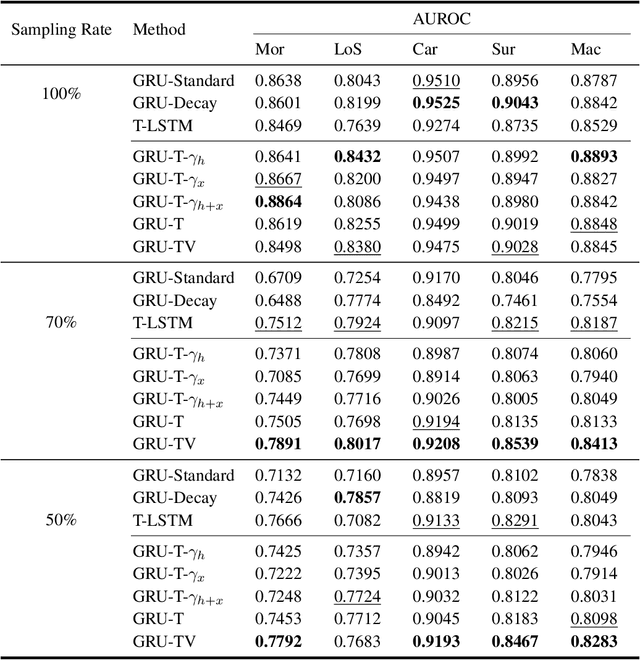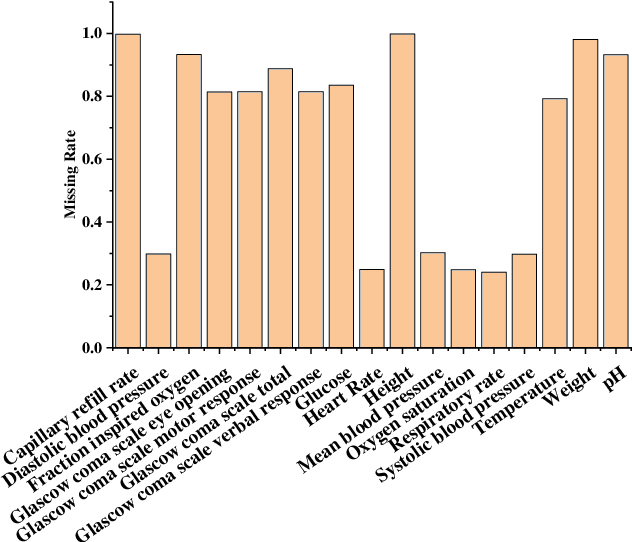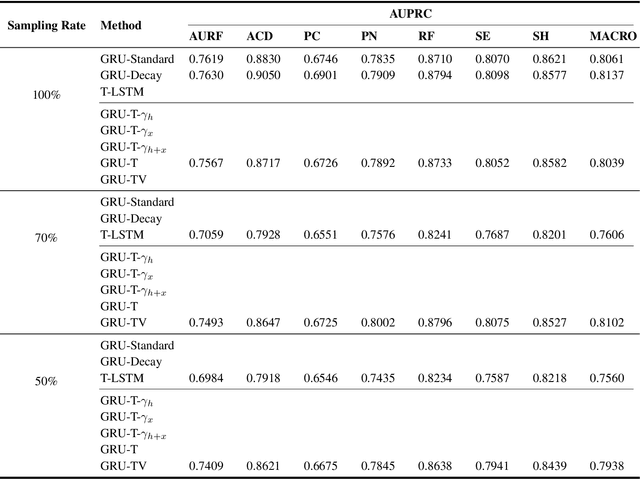Ningtao Liu
Hierarchical knowledge guided fault intensity diagnosis of complex industrial systems
Aug 17, 2025Abstract:Fault intensity diagnosis (FID) plays a pivotal role in monitoring and maintaining mechanical devices within complex industrial systems. As current FID methods are based on chain of thought without considering dependencies among target classes. To capture and explore dependencies, we propose a hierarchical knowledge guided fault intensity diagnosis framework (HKG) inspired by the tree of thought, which is amenable to any representation learning methods. The HKG uses graph convolutional networks to map the hierarchical topological graph of class representations into a set of interdependent global hierarchical classifiers, where each node is denoted by word embeddings of a class. These global hierarchical classifiers are applied to learned deep features extracted by representation learning, allowing the entire model to be end-to-end learnable. In addition, we develop a re-weighted hierarchical knowledge correlation matrix (Re-HKCM) scheme by embedding inter-class hierarchical knowledge into a data-driven statistical correlation matrix (SCM) which effectively guides the information sharing of nodes in graphical convolutional neural networks and avoids over-smoothing issues. The Re-HKCM is derived from the SCM through a series of mathematical transformations. Extensive experiments are performed on four real-world datasets from different industrial domains (three cavitation datasets from SAMSON AG and one existing publicly) for FID, all showing superior results and outperform recent state-of-the-art FID methods.
* 12 pages
GRU-TV: Time- and velocity-aware GRU for patient representation on multivariate clinical time-series data
May 04, 2022



Abstract:Electronic health records (EHRs) provide a rich repository to track a patient's health status. EHRs seek to fully document the patient's physiological status, and include data that is is high dimensional, heterogeneous, and multimodal. The significant differences in the sampling frequency of clinical variables can result in high missing rates and uneven time intervals between adjacent records in the multivariate clinical time-series data extracted from EHRs. Current studies using clinical time-series data for patient characterization view the patient's physiological status as a discrete process described by sporadically collected values, while the dynamics in patient's physiological status are time-continuous. In addition, recurrent neural networks (RNNs) models widely used for patient representation learning lack the perception of time intervals and velocity, which limits the ability of the model to represent the physiological status of the patient. In this paper, we propose an improved gated recurrent unit (GRU), namely time- and velocity-aware GRU (GRU-TV), for patient representation learning of clinical multivariate time-series data in a time-continuous manner. In proposed GRU-TV, the neural ordinary differential equations (ODEs) and velocity perception mechanism are used to perceive the time interval between records in the time-series data and changing rate of the patient's physiological status, respectively. Experimental results on two real-world clinical EHR datasets(PhysioNet2012, MIMIC-III) show that GRU-TV achieve state-of-the-art performance in computer aided diagnosis (CAD) tasks, and is more advantageous in processing sampled data.
Chronological age estimation of lateral cephalometric radiographs with deep learning
Jan 28, 2021



Abstract:The traditional manual age estimation method is crucial labor based on many kinds of the X-Ray image. Some current studies have shown that lateral cephalometric(LC) images can be used to estimate age. However, these methods are based on manually measuring some image features and making age estimates based on experience or scoring. Therefore, these methods are time-consuming and labor-intensive, and the effect will be affected by subjective opinions. In this work, we propose a saliency map-enhanced age estimation method, which can automatically perform age estimation based on LC images. Meanwhile, it can also show the importance of each region in the image for age estimation, which undoubtedly increases the method's Interpretability. Our method was tested on 3014 LC images from 4 to 40 years old. The MEA of the experimental result is 1.250, which is less than the result of the state-of-the-art benchmark because it performs significantly better in the age group with fewer data. Besides, our model is trained in each area with a high contribution to age estimation in LC images, so the effect of these different areas on the age estimation task was verified. Consequently, we conclude that the proposed saliency map enhancements chronological age estimation method of lateral cephalometric radiographs can work well in chronological age estimation task, especially when the amount of data is small. Besides, compared with traditional deep learning, our method is also interpretable.
 Add to Chrome
Add to Chrome Add to Firefox
Add to Firefox Add to Edge
Add to Edge